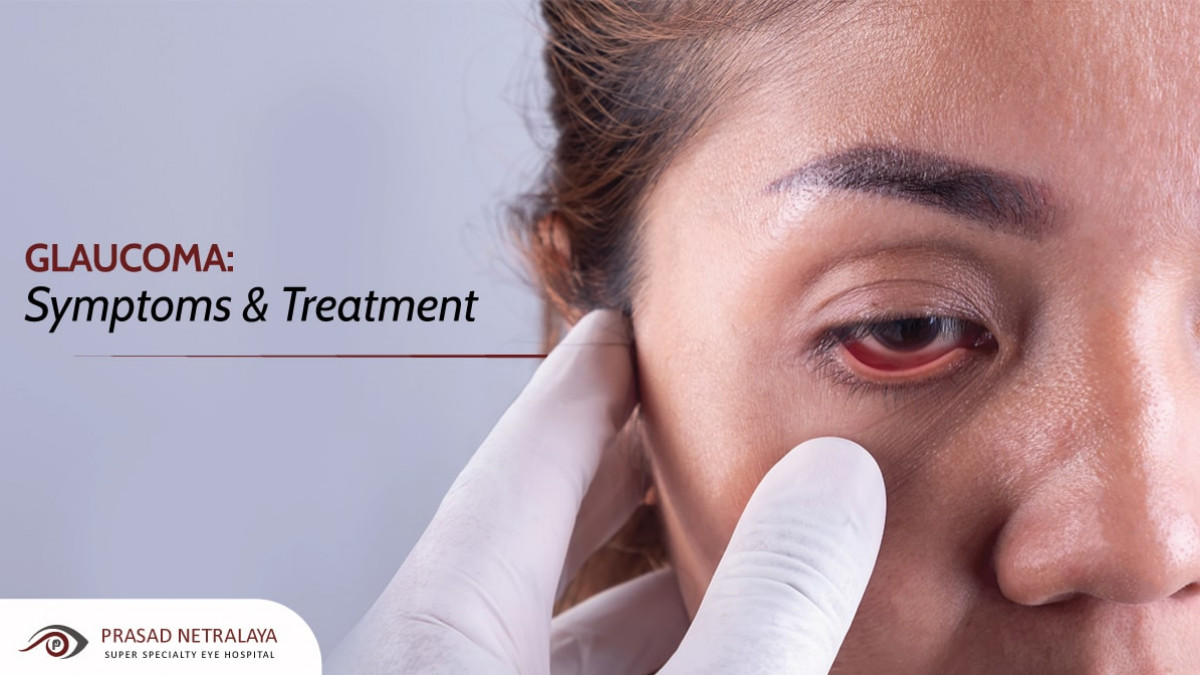Comprehensive Retina Service Near Me: Professional Look After Your Vision
Comprehensive Retina Service Near Me: Professional Look After Your Vision
Blog Article
Recognizing the Different Vision Correction Procedures Available for Clearer Sight
In the world of vision correction procedures, a multitude of alternatives exist to address refractive mistakes and offer individuals with clearer sight. Let's explore the complexities of these treatments and dropped light on the course to attaining improved vision quality.
LASIK Surgical Treatment
LASIK surgical procedure is a typical refractive treatment used to fix vision issues such as farsightedness, astigmatism, and nearsightedness. This surgical strategy, which stands for Laser-Assisted in Situ Keratomileusis, intends to reshape the cornea to boost just how light is concentrated on the retina, eventually boosting vision clarity.
Among the primary advantages of LASIK surgical treatment is the quick improvement in vision experienced by patients. Several individuals observe a considerable enhancement in their vision immediately after the procedure. Additionally, most clients report very little discomfort and pain during the surgical procedure and recovery period. The recovery time for LASIK is reasonably fast, with many people going back to their day-to-day tasks within a day or more post-operation. Overall, LASIK surgical procedure is a popular choice for individuals looking for a long-lasting remedy for their vision issues.
PRK Treatment
While also a typical refractive procedure, the PRK (Photorefractive Keratectomy) strategy differs from LASIK surgical procedure in its approach to correcting vision troubles. In PRK, as opposed to developing a flap on the cornea, the external layer of the cornea, called the epithelium, is entirely removed. This permits the laser to improve the cornea to remedy refractive mistakes such as astigmatism, farsightedness, and nearsightedness directly on the surface.

In spite of the longer healing time, PRK can generate superb results in vision enhancement, making it a beneficial choice for those that might not be suitable candidates for LASIK surgery.
Implantable Lenses
As opposed to PRK where the cornea is reshaped straight, implantable lenses supply an additional approach for correcting vision by putting fabricated lenses inside the eye. This treatment is especially advantageous for people with high levels of farsightedness, astigmatism, or nearsightedness that might not be appropriate candidates for laser surgeries like LASIK or PRK.
Implantable lenses, also referred to as phakic intraocular lenses, work by supplementing the eye's all-natural lens with a man-made one. eyecare near me. These lenses can be placed in front of the all-natural lens (anterior chamber) or behind the iris and in front of the all-natural lens (posterior chamber) By readjusting the power and positioning of these lenses, ophthalmologists can properly remedy refractive errors and enhance visual skill
One benefit of implantable lenses is that they are removable and exchangeable, supplying versatility for future modifications. As with any medical procedure, there are risks included, such as infection or cataract formation. Patients taking into consideration implantable lenses must seek advice from with an eye Get More Information care professional to figure out one of the most ideal option based upon their specific needs and eye health and wellness.
Corneal Rings
Corneal rings, additionally understood as intracorneal ring sectors, are little, clear devices put into the cornea to remedy vision distortions such as keratoconus. Keratoconus is a problem where the cornea thins and bulges outward, triggering vision to come to be altered. The insertion of corneal rings aids to flatten the cornea, enhancing aesthetic skill and minimizing the uneven astigmatism caused by keratoconus.
The treatment for putting corneal rings is minimally intrusive and reasonably quick, typically executed as an outpatient procedure. During the surgery, the ophthalmologist makes a little cut in the cornea and inserts the rings at a particular deepness. As soon as in position, the rings help to reshape the cornea, supplying a smoother surface area for light to enter the eye, which can result in clearer vision.
Corneal rings are taken into consideration a reversible procedure, as they can be eliminated or changed if essential. glaucoma service near me. While they might not totally get rid of the demand for glasses or call lenses, corneal rings can significantly enhance vision top quality and total aesthetic convenience for individuals with keratoconus or other corneal irregularities
Refractive Lens Exchange
Adhering to the improvement of corneal abnormalities with treatments like corneal rings, one more vision adjustment method that can deal with refractive errors is Refractive Lens Exchange (RLE) RLE is an operation that entails replacing the eye's natural lens with a man-made intraocular lens (IOL) to fix refractive mistakes such as presbyopia, farsightedness, and nearsightedness. This treatment is specifically useful for people that may not appropriate prospects for treatments like LASIK or PRK as a result of aspects such as thin corneas or high refractive errors.

Conclusion
In conclusion, there are various vision modification treatments readily available to help people accomplish more clear view. LASIK surgery, PRK procedure, implantable lenses, corneal rings, and refractive lens exchange are all options that can resolve various vision issues. It is necessary for individuals to speak with their eye care company to establish one of the most appropriate treatment based on their particular requirements and choices. With innovations in technology, attaining improved vision is now more easily accessible than ever in the past.
In the world of vision adjustment procedures, a multitude of alternatives exist to resolve refractive mistakes and provide people with more clear sight.LASIK surgery is a typical refractive procedure used to deal with vision issues such as farsightedness, nearsightedness, and astigmatism.While additionally a typical refractive procedure, the PRK (Photorefractive Keratectomy) strategy differs from LASIK surgical procedure in its approach to correcting vision issues.Following the correction of corneal abnormalities with treatments like corneal rings, another vision correction method that can address refractive errors is Refractive Lens Exchange (RLE) LASIK surgical procedure, PRK procedure, implantable lenses, corneal rings, and refractive lens exchange are all alternatives that can deal with different vision issues.
Report this page